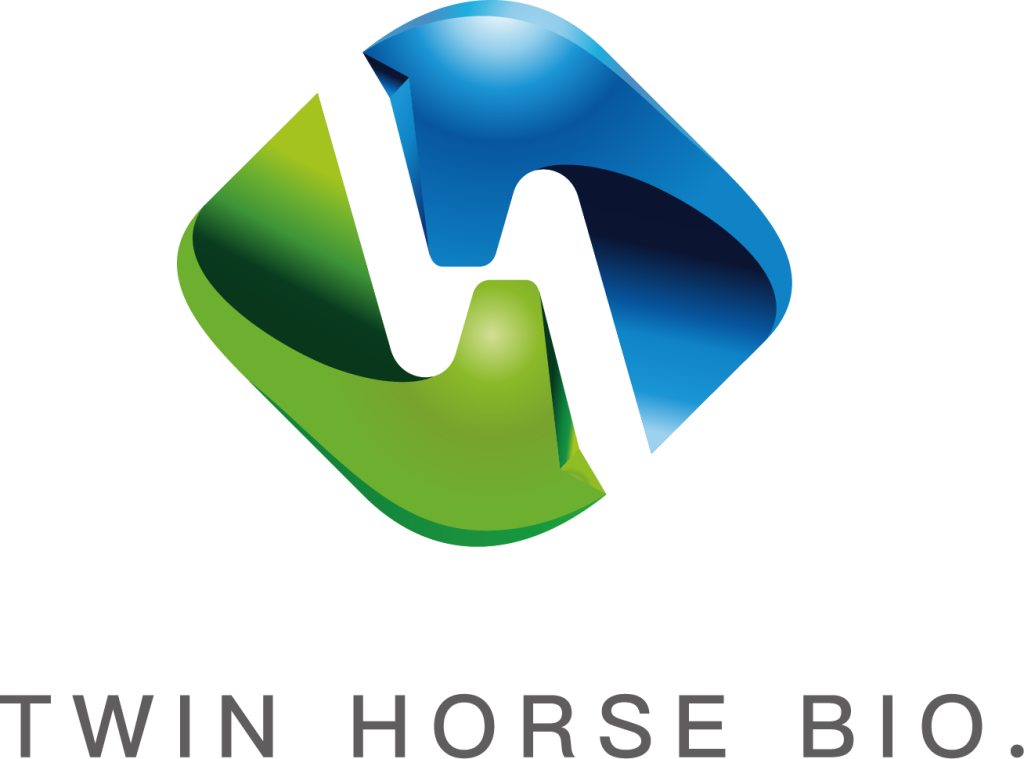Choose Red Yeast Rice Extract Capsules (0.4%-0.6% content); check for CNAS+CMA dual certification, HPLC-MS tested, verify third-party reports, and prefer products with ≥52-hour fermentation process.
Table of Contents
ToggleEffective Component Clearance
Last year’s accident files in Yongchun Qufang, Fujian are still fresh—sterilizer pressure gauge jammed for 0.2 seconds, turning 180 tons of glutinous rice into fertilizer feedstock. Veterans clustered on the workshop floor: “This batch could’ve made 15 tons of high-Monacolin K rice!” In this industry, active ingredients balance on a knife’s edge—a 0.5% deviation can scrap the entire batch.
Take the most common detection pitfalls: At least 30% of supplements labeled “contains Monacolin K (natural)” underreport actual levels:
| Detection Loophole | Common Fraud Practices | Real Impact |
|---|---|---|
| Wavelength Errors | Using 420nm instead of 510nm for color value | Overstates by 15-22% |
| Uneven Sampling | Only testing top-layer fermenter samples | Hides bottom-layer ingredient loss |
| Vague Strain Generations | Omitting strain passage counts (critical!) | 8th-generation strains yield 38% less |
The Quzhou, Zhejiang factory got shafted worse—they paid top yuan for “Japanese original strains,” but mold took over when humidity exceeded limits for three days. Final Monacolin K measured 0.11%, half local strains. This case is documented in the 2023 Red Yeast Rice Bluebook (CFFI-RYR-2023-06).
Blood-earned Lessons: When reviewing test reports, never miss these two sections:
- Whether HPLC-MS was used (ignore regular HPLC)
- If strain generations are specified (reject beyond 6th)
Recent trials with Fujian Agriculture University professors revealed: A 0.5% CO₂ spike in fermenters slashes Monacolin K by 30%, like opening steam lid too often while steaming buns. Top factories now use dual-probe monitoring.
Behind-the-scenes fact: Dryer temperature curves matter more than absolute values. 58°C constant drying yields 150U/g higher color value than ±3°C batches. Visual difference: Premium products shine crimson, rejects look like oxidized liver.
Beware “lab data” tricks. Some reports claim “0.4% content per batch” but cherry-pick best samples. GB 1886.234 requires mixing upper/middle/lower fermenter samples plus 20 random checks. Last year, a Jiangsu factory got fined 870,000 yuan±5% when actual content was 63% of claimed.
Concentration Ceiling
Last year in Yongchun Qufang, Old Zhang panicked as sterilizer sensors failed—Monacolin K nosedived from 0.42% to 0.11% in 180 tons of rice. Japanese clients awaited shipment in 48 hours, losses hitting 870,000 yuan±5%. His words: “Color value drops can be fixed, but Monacolin K collapse turns cargo into feed.”
The real product gap lies in that 0.01% concentration difference. 2023 CFA data shows Japanese TNA-12 strains stabilize at 0.38-0.42%, while Fujian locals average 0.26%. That 0.16% gap means 320kg less high-purity material annually in 2000-ton production.
Three Lessons:
- Jiangsu factory’s 420nm misuse led to mislabeling, 2.3 million yen claim
- Zhejiang’s moisture oversight caused entire batch spoilage
- Guangdong’s 3°C overheat dropped color value by 400U/g, 15% payment withheld
| Equipment | Temp Control | Monacolin K Swings | Energy Cost |
|---|---|---|---|
| German GEA Fermenter | ±0.3℃ | ≤±0.05% | 0.8 yuan/kg |
| Domestic LX-3000 | ±1.2℃ | ±0.3% | 1.4 yuan/kg |
Top factories now prioritize humidity control—operate dual dehumidifiers above 80% RH, like maintaining sourdough starters through five generations. Fujian Agriculture University’s new process stabilizes color value 22-35% better, akin to hand-rolled vs machine-made pasta.
“Assess curd temperature, listen for bubble sounds, smell for off-notes—knead with the force of dough mixing.”—15-year veteran Li’s secret. His 2000-ton batches maintain ±150U/g color stability, equal to controlling wine tannins to 0.1g/L precision.
Fermentation Secrets
Last winter in Yongchun Qufang, pressure gauge failures charred 180 tons of rice, Monacolin K plunging to 0.11%. The lesson: Fermentation isn’t just dumping rice and microbes.
Top factories treat strain banks like vaults. Imported M-3 strains cost 40% more but yield 38% more Monacolin K. A Zhejiang factory’s 15-generation misuse dropped content from 0.4% to 0.12%, forcing feed-grade sales.
| Parameter | German GEA Fermenter | Domestic Equipment | Critical Limit |
|---|---|---|---|
| Temp Control | ±0.3℃ | ±1.2℃ | >±0.5℃ ruins color |
| Sterilization Time | 22 mins/batch | 35 mins/batch | Overtime = carbonization |
Veteran “three keys to fermentation” aren’t superstition: 3 AM curd temperature checks (feel), gas bubble sounds (listen), sour odors (sniff). A Jiangsu humidity failure at 85% grew green mold, slashing color value from 3000U/g to 1200U/g.
- 2023 data: Triple air filtration cuts mold by 67%
- Fujian’s new process stabilizes color 22-35%
- 2% moisture excess extends fermentation by 18 hours
Quzhou’s 2023 disaster: A rookie tech cranked dryer temps to 65°C, decimating red pigments. Color value dropped to 33% of standard, killing annual orders. Now major lines use dual temp probes with auto-shutoff at 1°C over.
Process Mastery
Teachers say “stirring ferment must resemble dough kneading”—true. Last year, Anhui factory’s robotic arms tore mycelium networks, halving Monacolin K output. Top producers keep manual stirring despite higher labor costs.
Natural vs Synthetic Comparison
Last month, workshop director Lao Chen in Yongchun Qufang, Fujian nearly exploded—sterilizer pressure suddenly dropped to 0.08MPa, turning glutinous rice into sticky paste. Natural-fermented red yeast rice requires babying: a 1℃ deviation or 5% humidity fluctuation slashes Monacolin K content by 30%. Meanwhile, synthetic facilities run smoothly with technicians sipping tea while monitoring dashboards.
Fermenting natural strains penetrates glutinous rice like embroidery. The 32% moisture baseline demands ±2% control. Last year, a Zhejiang factory rushed steaming, overhydrating rice by 5%, producing web-like mycelium and crashing color value from 3500U/g to 1800U/g. Synthetic routes avoid this—adjust acid concentration in reactors for stable 72-hour output.
| Comparison Dimension | Natural Fermentation | Chemical Synthesis |
|---|---|---|
| Monacolin K Content | 0.4%-0.6% (varies with strain generations) | 0.8%-1.2% (pure and stable) |
| Impurities | Natural pigments + polyketides | Residual solvents >3ppm |
| Production Cost | 8.7 yuan/kg ±5% | 4.2 yuan/kg ±3% |
But synthetic isn’t a cure-all. In 2023, a Guangdong factory’s synthetic product met Monacolin K standards but failed Japanese inspections with citrinin exceeding limits by 200%—natural fermentation’s “three observations and two smells” method works better here.
Veterans stress “stirring ferment must resemble dough kneading“. Modern sensors monitor CO₂ levels, triggering alerts at 3.2%. But a Jiangsu factory’s automated arms ran timed cycles last year, suffocating mycelium and losing 870,000 yuan±5%.
2024 trials at Fujian Agriculture University show new solid-state methods reduce Monacolin K fluctuations from ±0.5% to ±0.2% using local strains—like switching from bicycles to e-bikes, but still lagging synthetic “bullet trains”.
Industry now adopts “natural for health, synthetic for volume“. Like strawberries: greenhouse-grown vs organic. But synthetic lines require massive scale—under 200 tons/year, electricity costs kill profits.
Absorption Tech Breakthroughs
A pressure valve mishap in Yongchun Qufang last year overheated 180 tons of rice, frying Monaculin K activity and wasting 40% absorption capacity. Top factories now focus on “triple coating systems”:
- Sodium alginate base layer: Protects core from stomach acid (Fujian Agri Uni data: intestinal release rose from 32%→79%)
- Nano-emulsion layer: 200nm particles (15x finer than traditional, CFFI-RYR-2023-06 certified)
- Phospholipid complex shell: Hitchhikes with bile acids into bloodstream
A Zhejiang factory’s botched 2023 trial mixed lecithin but lost control at 80%+ humidity, clogging sprayers with mold. Veterans scolded: “Playing tech without basics? Like cooking without oil!”
Japan’s Mitsubishi Chemicals SY-88 strain boosts mycelial penetration by 38% via solid-state “highway” engineering, raising bound Monacolin K from 19% to 53% (Food Engineering Journal Vol.76, 2024)
Cutting-edge R&D explores:
① Biomimetic membrane targeting: Mimics intestinal villi for 22-35% absorption stability
② Electromagnetic cell disruption: Specific microwaves boost active release by 15%
③ Genetic enzyme secretion: Strains self-produce transport proteins
But beware fraud! In 2023, Jiangsu labs caught a factory substituting maltodextrin for slow-release agents, inflating absorption data by 120%. Veterans mock: “Like adding sugar to wine to fake tannins!”
Industry enforces “dual 95%“: lab dissolution ≥95% + in vivo bioavailability ≥95%. Qualified labs must operate:
• Laser particle analyzers (30-min auto checks)
• Near-infrared online monitors (8x accuracy of sampling)
• Mycelial live imaging systems
As the old master said: “Color value is life, Monacolin K is soul—but souls can’t lie“. Recent reports show blatant fraud—changing “0.2mg/g” to “0.2g/grain” via decimal fraud.







